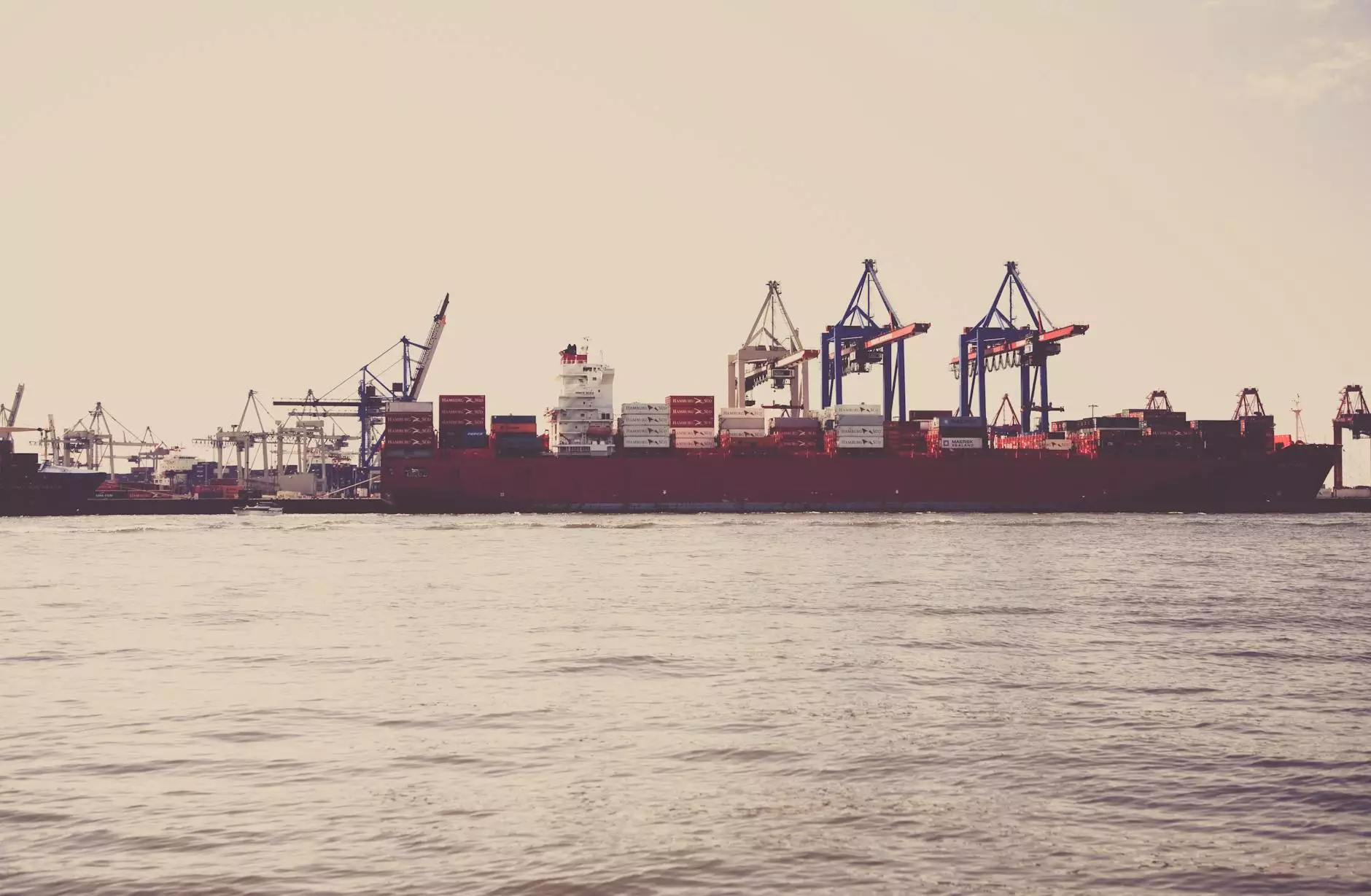Understanding International Air Freight Shipping Rates

What Are International Air Freight Shipping Rates?
International air freight shipping rates refer to the costs incurred in transporting goods via air from one country to another. These rates encompass a variety of charges, including fuel surcharges, terminal fees, and customs duties. Understanding these costs is crucial for businesses looking to optimize their shipping budgets and ensure timely delivery of goods.
Factors Influencing International Air Freight Shipping Rates
Several factors can affect the international air freight shipping rates that you may encounter. Some of the primary influences include:
- Distance: The distance between the origin and destination plays a significant role in determining shipping costs. Longer distances typically result in higher rates.
- Weight and Volume: Air freight rates are often calculated based on the greater of the actual weight or volumetric (dimensional) weight of the shipment.
- Type of Goods: Certain goods may require special handling, which can increase shipping rates. Perishable items or hazardous materials often incur additional fees.
- Seasonality: Demand for air freight services can vary throughout the year. Peak seasons, such as holidays, may result in elevated shipping rates.
- Carrier Pricing Policies: Different airlines and freight forwarders have varying pricing models, which can greatly affect the overall cost.
- Customs Regulations: International shipments must comply with various customs regulations that can impact delivery times and costs.
Calculating International Air Freight Shipping Rates
Understanding how to calculate international air freight shipping rates can help businesses make informed decisions about their logistics. Here is a step-by-step guide:
- Determine the Weight: Measure the actual weight of your shipment using a scale. Then, calculate the dimensional weight using the formula: Length x Width x Height / 5000 (for measurements in centimeters). Use the higher value for billing.
- Identify the Destination: Research the destination airport’s freight rates and service levels. Rates can differ significantly based on regions.
- Choose Your Freight Forwarder: Compare quotes from various freight forwarders to find the best rate. Ensure to consider service reliability and transit times.
- Account for Additional Fees: Include customs duties, taxes, and any additional handling fees that may apply to your shipment.
- Calculate Total Costs: Add the air freight charge, additional fees, and insurance to arrive at the total shipping cost.
Strategies to Optimize International Air Freight Shipping Rates
Businesses can implement several strategies to minimize their international air freight shipping rates while still ensuring efficient logistics management:
- Consolidation: Combining shipments into one larger shipment can significantly reduce costs, as you spread fixed charges over more goods.
- Negotiation: Building strong relationships with freight forwarders allows for better negotiation of rates and terms, ensuring you get the most competitive prices.
- Utilize Technology: Leverage logistics management software to track shipments, compare rates, and identify trends that can help in planning future shipments.
- Choose the Right Carrier: Evaluate carriers based on service reliability, transit time, and costs to find the best fit for your shipping needs.
The Role of Freight Forwarders in International Air Freight Shipping
Freight forwarders act as intermediaries between shippers and carriers. They play a crucial role in managing logistics by:
- Route Optimization: Freight forwarders have extensive knowledge of air freight routes, enabling them to choose the most efficient paths for shipping.
- Documentation Management: They handle the complex paperwork involved in international shipping, which can prevent delays and compliance issues.
- Insurance Solutions: Freight forwarders can provide insurance options to protect your cargo against loss or damage during transit.
- Cost Transparency: They offer cost estimates and help you understand various charges that may apply, allowing for better budgeting.
Future Trends in International Air Freight Shipping Rates
As the global marketplace continues to evolve, the international air freight shipping rates landscape is also changing. Key trends that may influence future rates include:
- Sustainability Initiatives: As environmental concerns rise, airlines may implement more fuel-efficient practices and alternative fuels, which could affect pricing structures.
- Technological Advancements: The use of artificial intelligence and big data analytics in logistics could lead to more dynamic pricing models.
- Increased Security Measures: Enhanced security protocols may increase costs, but they also improve safety and reliability in air freight transportation.
- Global Trade Agreements: Changes in trade policies and agreements can have immediate effects on shipping costs and logistics routes.
Conclusion: Making Informed Decisions About International Air Freight Shipping Rates
Having a thorough understanding of international air freight shipping rates is vital for businesses that rely on global trade. By considering the various factors that influence these rates and employing strategies to optimize shipping practices, businesses can enhance their logistics management, reduce costs, and improve delivery times. Partnering with experienced freight forwarders like those available through Cargobooking can also facilitate smoother operations in navigating the complexities of international shipping.



